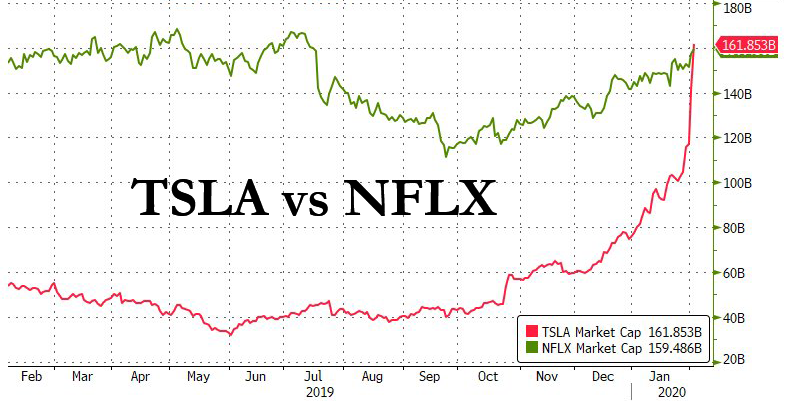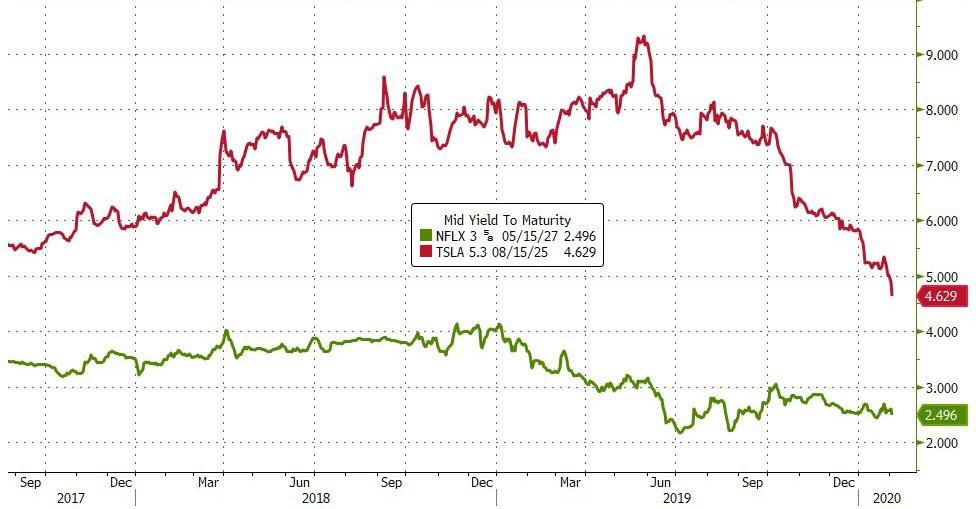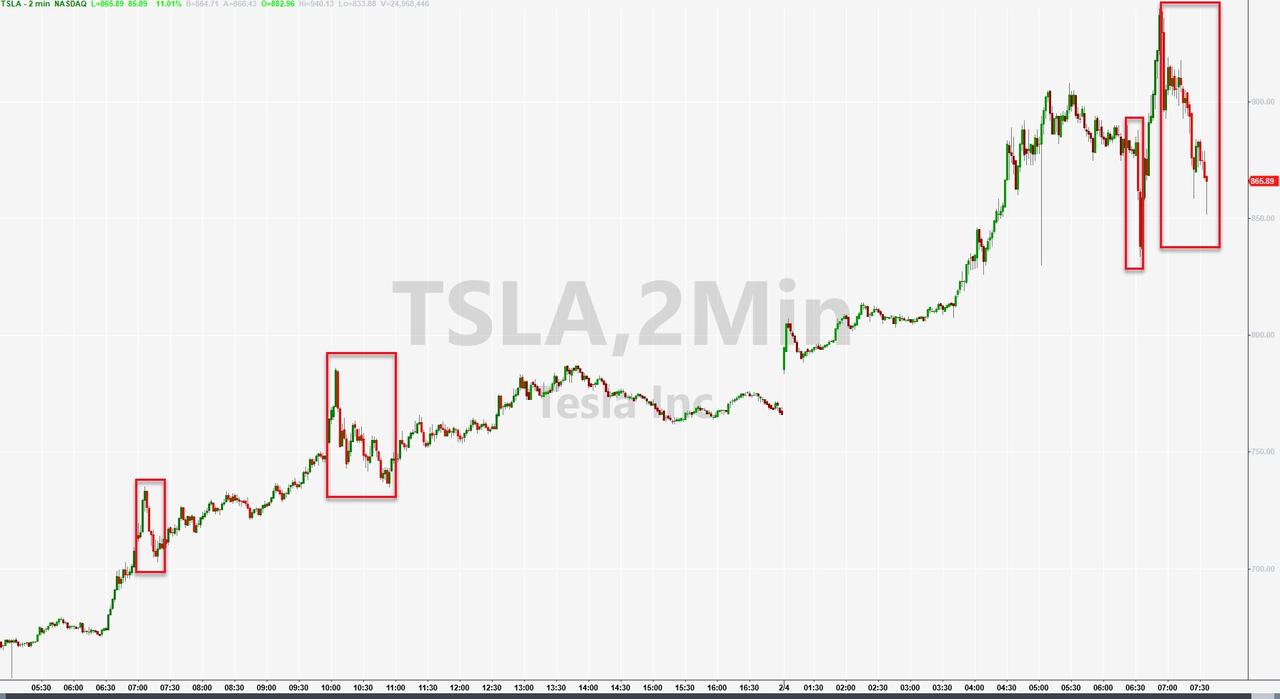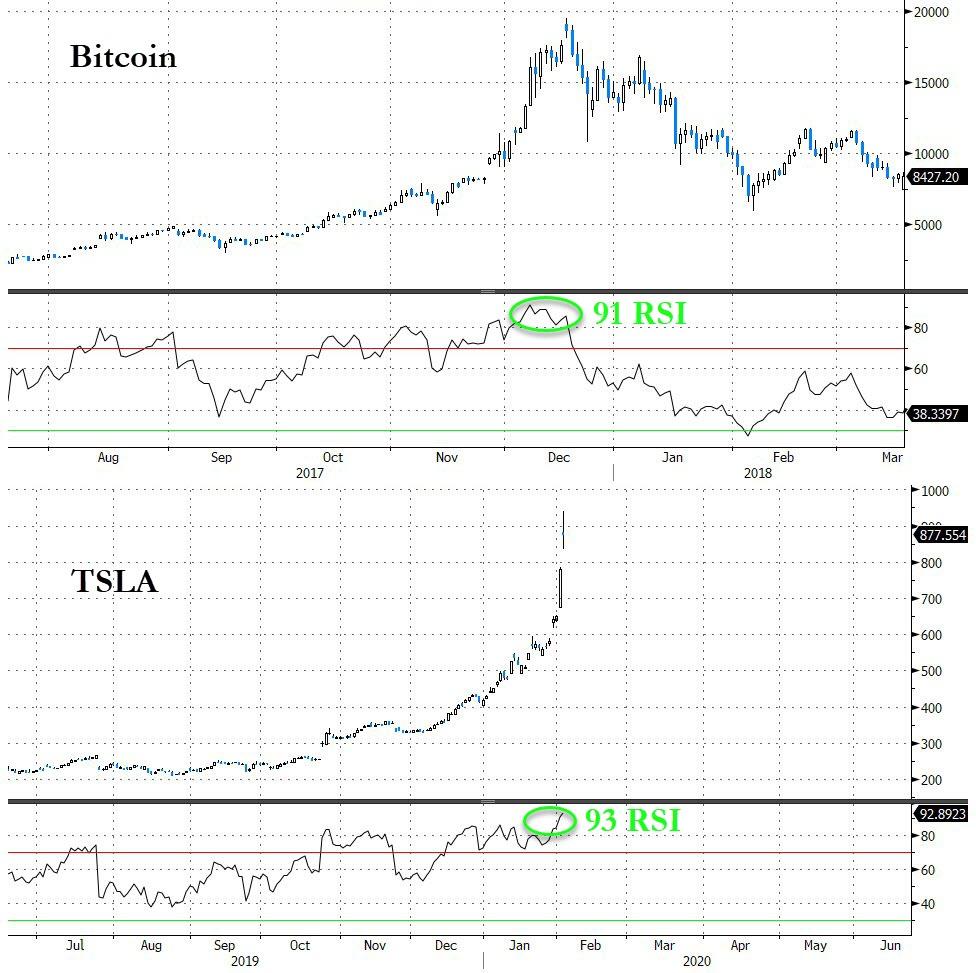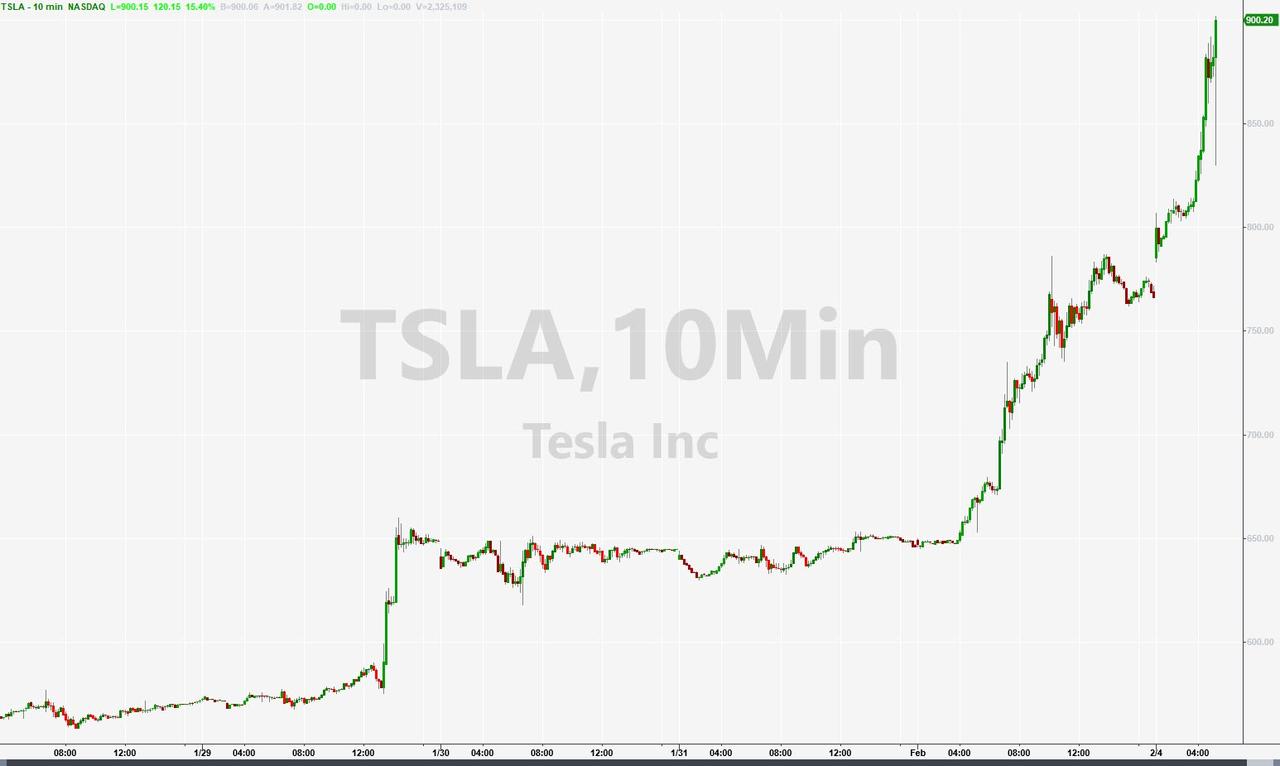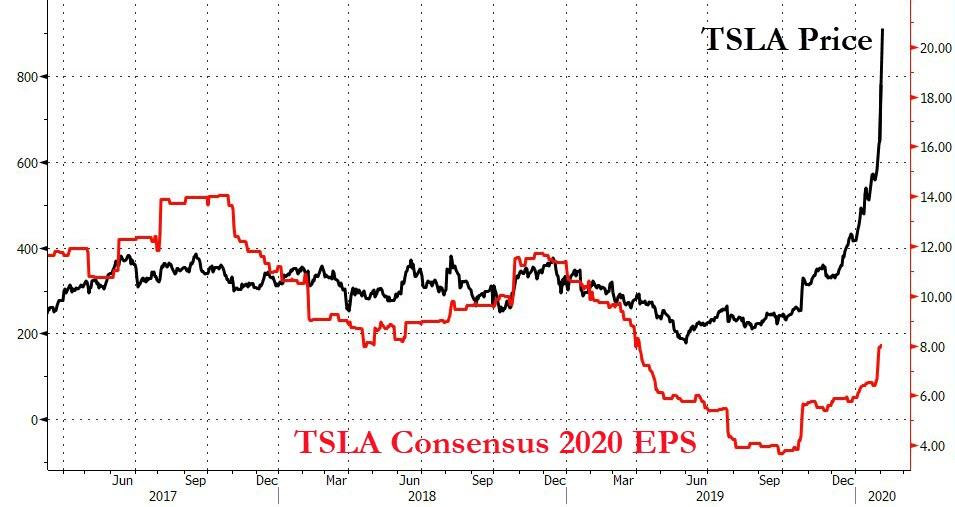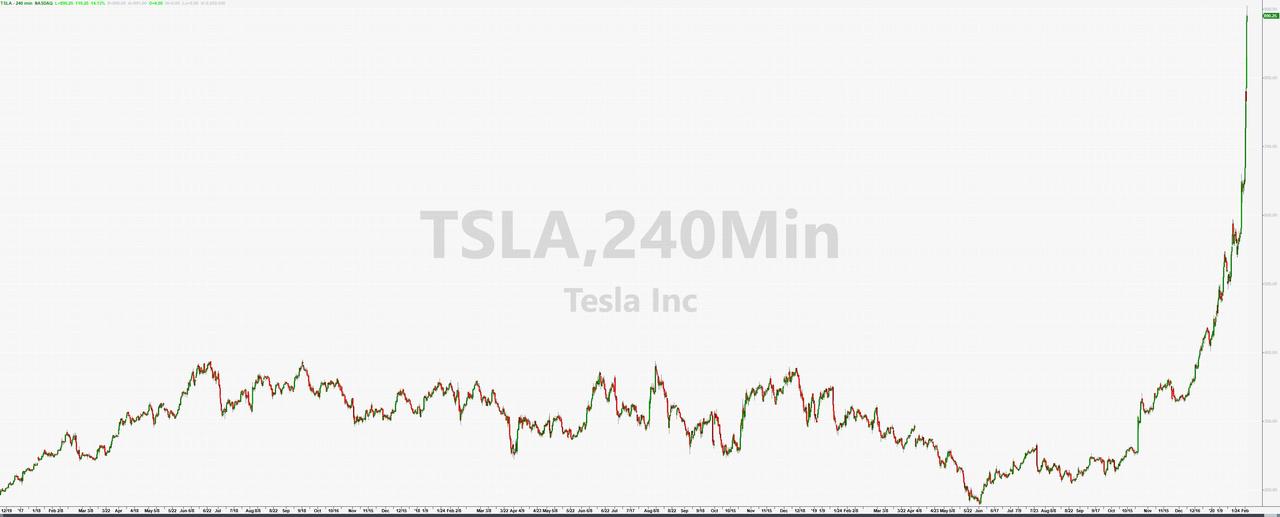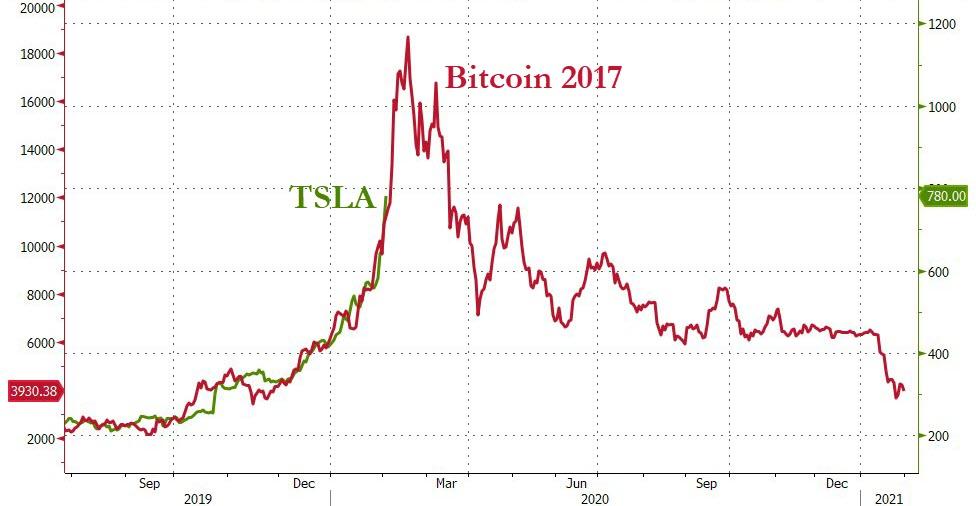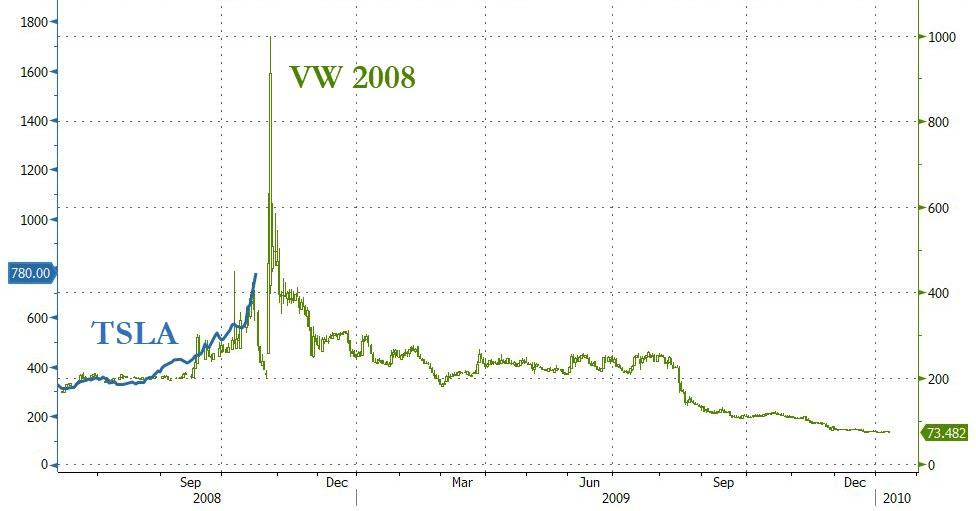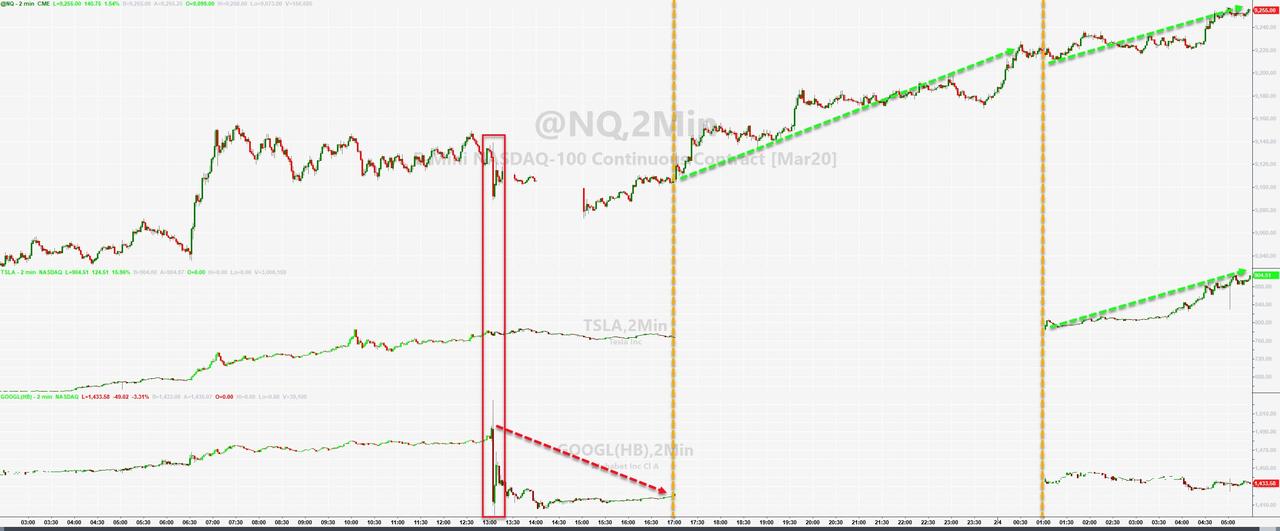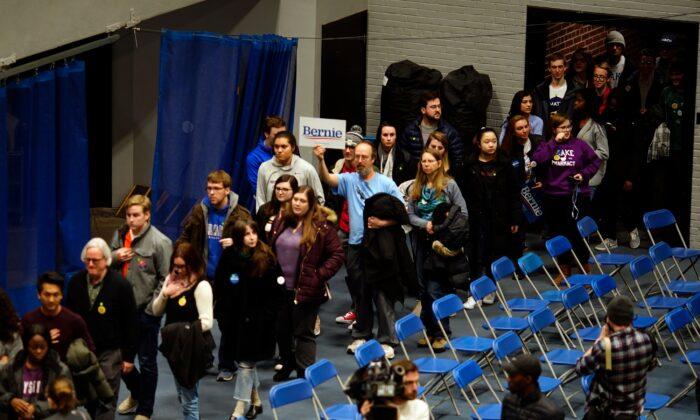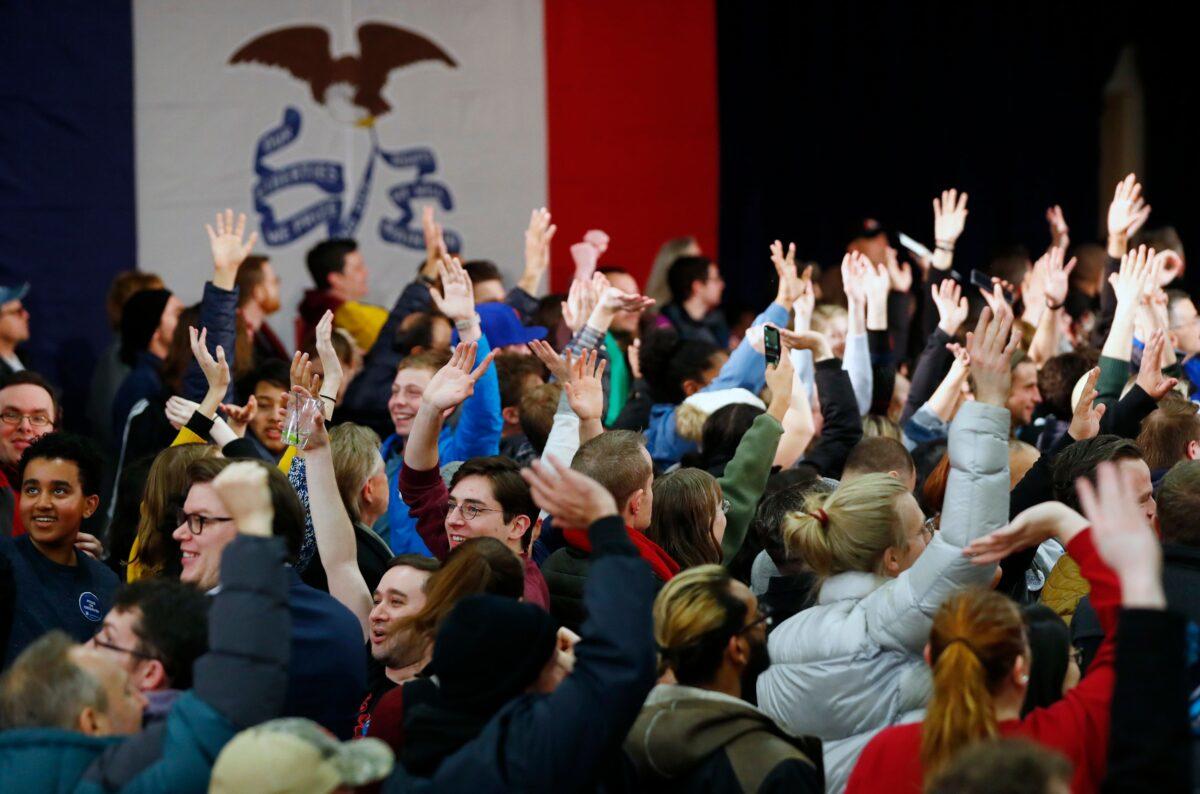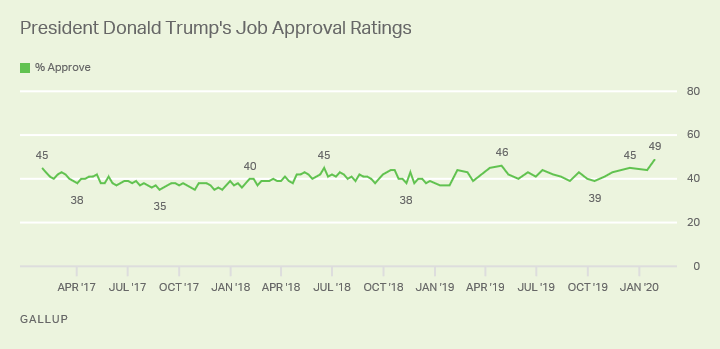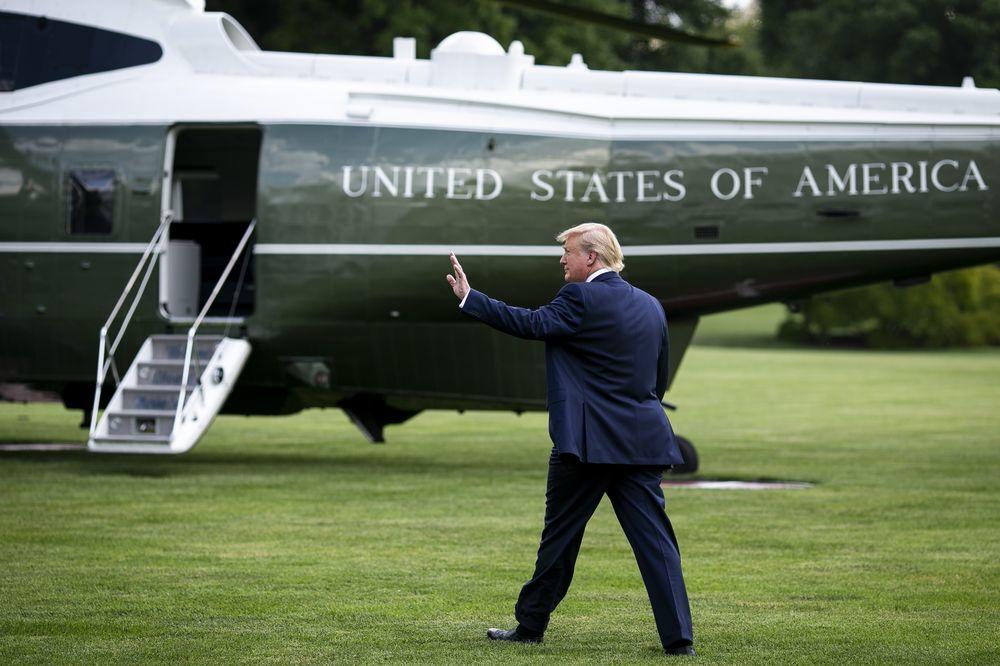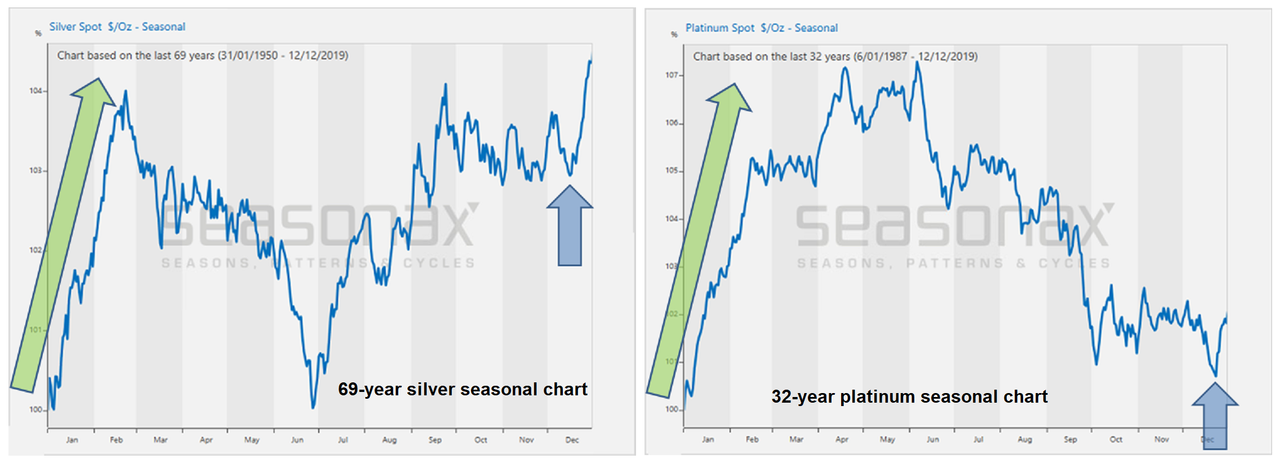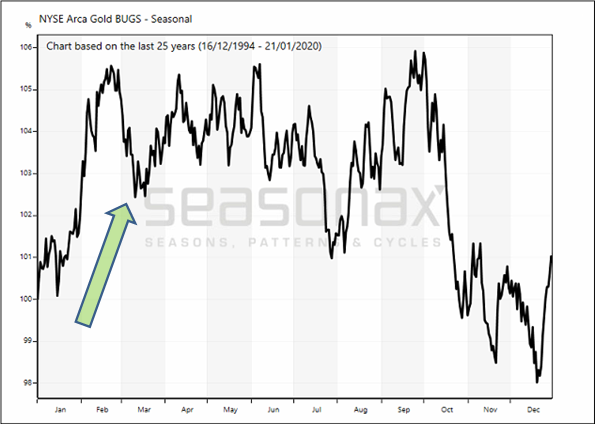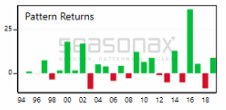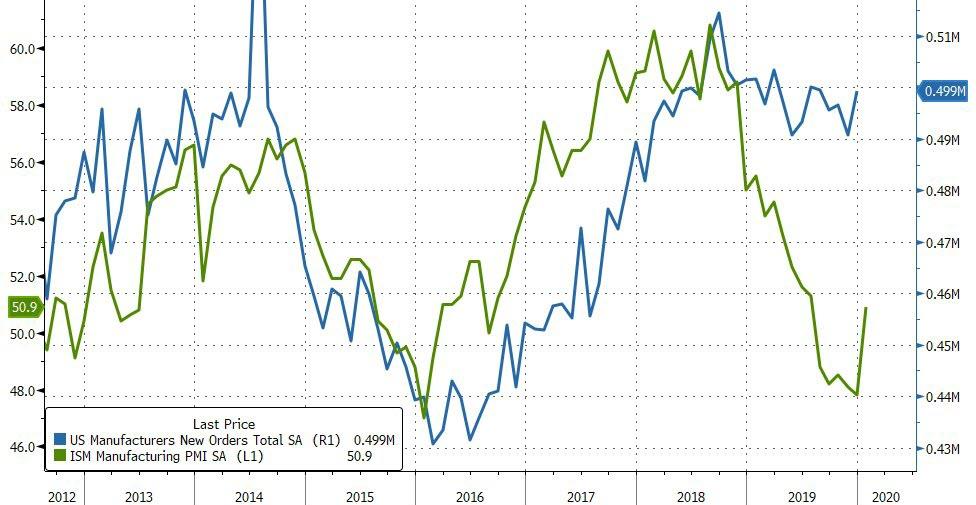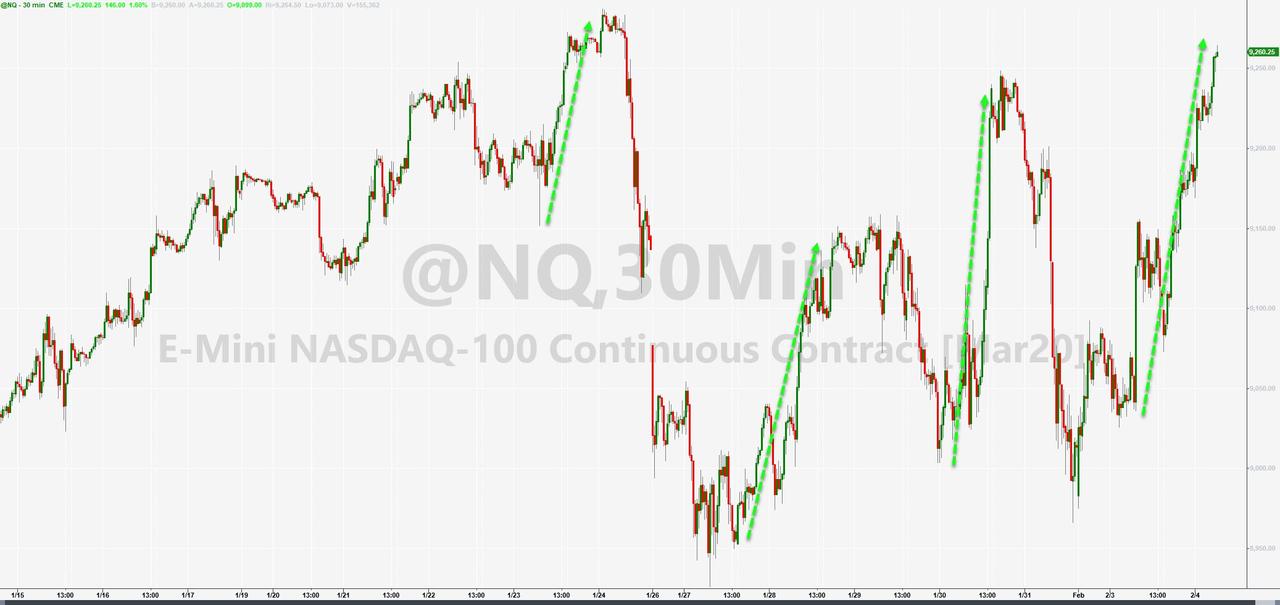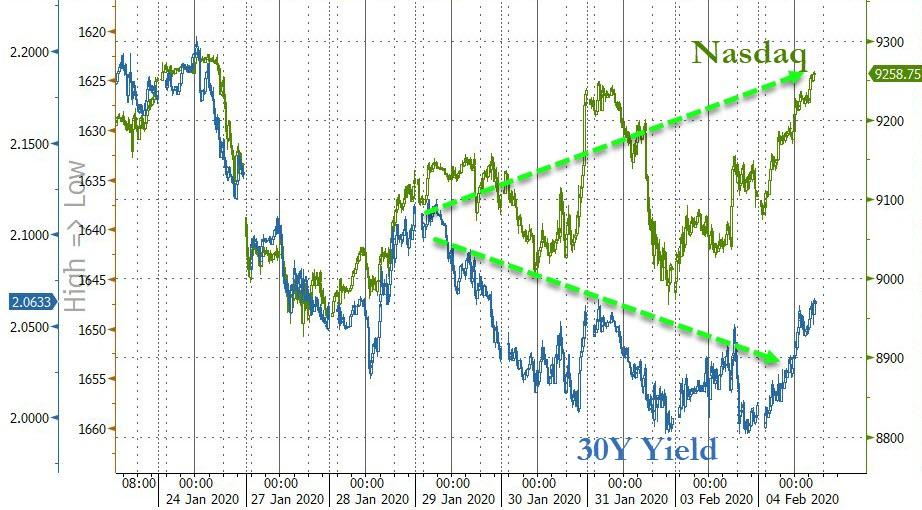On yesterday’s Reason Roundtable podcast, my colleague Matt Welch asked an open-ended question: What outcome do you hope for from the Iowa caucuses, however unrealistic?
The answer I decided not to give because it seemed too glib was: It’s a shame they can’t all lose.
Yet here we are.
It’s the morning after the caucuses, and, thanks to a combination of rule changes and (probably avoidable) technological foibles that resulted from a poorly tested, dysfunctional results-reporting app, there are still no official results.
The state Democratic Party, which took hours to even begin to explain the delay, has blamed vague “inconsistencies” in the reporting and offered precious little information about what actually happened.
Several candidates gave not-quite-victory speeches of varying degrees of confidence, and campaign memos based on internal reporting made various arguments for victory. Former Vice President Joe Biden, meanwhile, who has a history of poor performance in Iowa, and who looked to be slipping in the polls in the final weeks before the vote, is now formally complaining that the reporting process had “considerable flaws.”
Someone, probably Sen. Bernie Sanders (I–Vt.), actually won last night’s caucuses. But we may never know the actual result with total certainty.
And the delayed results mean that, at minimum, the process was useless to the candidates who spent millions of dollars and months of their lives (along with the time and effort of campaign staffers and volunteers) in hopes of winning the state, not so much for the tiny number of electoral delegates it provides but for the morning-after boost in momentum leading into next week’s New Hampshire primary.
Last night’s election was an utter fiasco—a meltdown of small-d democracy—in which the system simply failed. As Eric Levitz wrote in New York magazine, the caucuses “effectively produced a five-hour-long infomercial for the Democratic Party’s administrative incompetence, broadcast across all of the major news networks.” And it wasn’t the first such failure either.
Over the last several years, the Iowa caucuses have been the site of multiple systemic breakdowns. In the 2012 Republican caucuses, state officials initially declared Mitt Romney the winner; eventually, that decision was reversed, and Rick Santorum was belatedly granted the top slot. In 2016, an extremely close result between Democratic rivals Hillary Clinton and Bernie Sanders led to a series of rule changes and new reporting requirements that raised the hypothetical possibility that there could be multiple winners, each claiming victory based on a different metric.
In a democracy, the point of an election system isn’t just to create a mechanism for casting and counting votes. It’s to confer broad-based legitimacy on the result, in which most people can generally agree that the system is transparent, functional, and fair. The consistent breakdowns in Iowa have instead done the opposite. Even after the final results are announced, it may be that the effective result is that no one really won.
Breakdowns like this have broader cultural effects, and they contribute to the sense that important institutions simply don’t work, that they can’t be trusted to deliver accurate and impartial results. When you see national survey results showing that trust in government institutions is at an all-time low, this sort of high-stakes foul-up is why.
Yet the problems with Iowa go much deeper than a broken app and voting rules so inscrutable they make Destiny 2‘s maddeningly complex leveling system look like a game of Go Fish. In its modern incarnation as the official start to presidential election season, which dates back to 1972, the Iowa caucuses have always been, in some sense, illegitimate.
It’s a small state that’s not demographically or culturally representative of the rest of the country, meaning that large blocs of voters, especially minorities, are underrepresented in a contest that helps shape the rest of the race. Iowa voters are disproportionately older, and the relatively high religiosity of Iowa voters and their discomfort with immigrants has, over the years, tilted national politics in a direction that, all else being equal, is more socially conservative and less immigrant-friendly. For years, the influence of the state’s corn farmers helped maintain political support for ethanol subsidies and fuel mandates, despite just about every economist and policy analyst agreeing that they were a lousy idea.
Meanwhile, national political media would descend on Iowa every four years to lavish it with attention, using it as an early proxy for the overall state of the race. In recent years, journalists have become more alive to the ways that Iowa isn’t representative, but the frenzy of attention has nonetheless conferred a special status on the state and its opening electoral throwdown. Even with critical coverage, Iowa set the tone for the race to come, ensuring that it would represent the interests of a select and special few rather than the larger voting population.
The best argument for Iowa’s primacy has always been its intimacy, the way that the manageable scale of the state might allow lesser-known candidates with less funding to connect in person with voters. (The small size no doubt helped journalists trying to cover the race too.) But in the age of social media politics and intimate-interview podcasts, in which politics—especially for younger voters—is increasingly conducted in online forums and virtual communities, this argument carries less and less weight.
Meanwhile, even Iowans don’t seem all that excited about their caucuses: Overall turnout was middling, and first-time participation was down.
America doesn’t need Iowa to set the tone for its presidential elections. American politics doesn’t need Iowa to show up early and try to pick a winner. Iowa isn’t America, and America isn’t Iowa.
There are already rumblings about ending Iowa’s reign of terror, about replacing it with some other system that might be more demographically representative, less culturally conservative, less beholden to the narrow interests of corn farmers. Or, at the very least, that could accurately report an election result in a reasonable period of time. A system, in other words, that could confer some small measure of legitimacy, not to mention a reasonable night’s sleep.
One can only hope. Everyone competing in last night’s caucuses may have lost, but if Iowa’s caucuses end up less influential in future presidential elections, we’ll all end up winners.
from Latest – Reason.com https://ift.tt/372U2Fj
via IFTTT
